Navigating Through the Rich Tapestry of Ship History
Ships have long been a symbol of human ingenuity, exploration, and commerce. From ancient rafts crafted from logs to the massive vessels that traverse the oceans today, the history of ships is a fascinating journey through time. This article will delve deep into the annals of maritime history, exploring the evolution of shipbuilding, the pivotal role of ships in exploration and trade, and the cultural significance of these seafaring vessels.
The Dawn of Seafaring
Humanity's relationship with the sea dates back thousands of years. Early civilizations such as the Egyptians, Phoenicians, and Greeks built primitive vessels to navigate rivers and coastal waters. These early boats laid the foundation for the development of more sophisticated ship designs in later centuries.
Ancient Rafts and Boats: The earliest evidence of seafaring dates back to the Stone Age, with archaeological finds of simple rafts and dugout canoes. These vessels were essential for fishing, transportation, and coastal exploration.
The Rise of Seafaring Civilizations: As civilizations grew and expanded, so too did their maritime capabilities. The Egyptians used reed boats to navigate the Nile River, while the Phoenicians became renowned sailors and traders in the Mediterranean.
Greek and Roman Galleys: The Greeks and Romans were masters of naval warfare, employing triremes and galleys to dominate the seas. These sleek vessels were powered by oarsmen and played a crucial role in shaping the course of history.
The Age of Exploration
The Age of Exploration, spanning from the 15th to the 17th centuries, was a period of unprecedented maritime expansion. Explorers from Europe set sail in search of new trade routes, territories, and riches, leading to the discovery of distant lands and the establishment of global empires.
The Voyages of Discovery: Legendary explorers such as Christopher Columbus, Vasco da Gama, and Ferdinand Magellan embarked on daring voyages that forever altered the course of history. Their expeditions opened up new trade routes to Asia, Africa, and the Americas, ushering in an era of globalization.
The Age of Sail: The development of sailing ships such as caravels, carracks, and galleons revolutionized long-distance travel. These vessels were equipped with advanced navigational instruments such as the compass and astrolabe, allowing sailors to venture further from the safety of the coastline.
The Conquest of the Seas: European powers vied for dominance of the world's oceans, leading to conflicts such as the Spanish Armada and the Anglo-Dutch Wars. Naval warfare became increasingly sophisticated, with warships armed with cannons and equipped with intricate rigging systems.
Section 3: The Industrial Revolution and Beyond
The Industrial Revolution of the 18th and 19th centuries brought about profound changes in shipbuilding technology, ushering in an era of steam power and ironclad warships. These innovations transformed maritime transportation, making it faster, safer, and more efficient than ever before.
Steamship Revolution: The invention of the steam engine revolutionized maritime transportation, replacing sail power with steam propulsion. Steamships such as the SS Great Britain and the RMS Titanic revolutionized transatlantic travel, shrinking the world and connecting distant shores.
Ironclads and Battleships: The development of ironclad warships marked a paradigm shift in naval warfare. These heavily armored vessels were virtually impervious to traditional cannon fire, leading to the obsolescence of wooden warships. The dreadnought battleship, with its powerful guns and advanced armor, became the dominant naval vessel of the late 19th and early 20th centuries.
The Modern Era: The 20th century saw further advancements in shipbuilding technology, including the advent of nuclear-powered submarines and aircraft carriers. These formidable vessels played a central role in global conflicts such as World War I and World War II, shaping the course of history in the process.
Cultural and Symbolic Significance
Throughout history, ships have held a special place in the collective imagination, serving as symbols of adventure, exploration, and freedom. From ancient myths and legends to contemporary literature and film, ships have captured the human imagination in ways few other objects can.
Myth and Legend: Stories of legendary ships such as the Argonauts' Argo, the Norse longship Drakkar, and the ghostly Flying Dutchman have captivated audiences for centuries. These tales speak to the enduring power of the sea and the eternal allure of the unknown.
Maritime Traditions: Seafaring has its own rich tapestry of customs, rituals, and superstitions. From the crossing of the equator ceremony to the sailor's belief in mermaids and sea monsters, maritime culture is steeped in lore and tradition.
Iconic Ships in Popular Culture: From Captain Ahab's Pequod to Captain Jack Sparrow's Black Pearl, ships have played starring roles in literature, film, and television. These iconic vessels serve as symbols of adventure, freedom, and the indomitable spirit of the human quest for exploration.
The history of ships is a testament to the indomitable spirit of human exploration and ingenuity. From humble beginnings as primitive rafts to the technological marvels of the modern era, ships have shaped the course of history and connected distant shores. As we navigate the seas of the future, let us remember the rich tapestry of ship history that has brought us to where we are today.
Navigating the vast seas during a ship's maiden voyage is a culmination of meticulous planning, technical expertise, and sheer determination. As the vessel embarks on its inaugural journey from its point of origin to its destination, a myriad of factors come into play, shaping the course of its voyage. From the type of engine powering the ship to the masterminds and navigators guiding its path, each element contributes to the success of this historic journey.
One of the critical aspects of a ship's maiden voyage is the selection of the propulsion system that will propel it through the water. Throughout history, ships have relied on various types of engines, each with its own advantages and limitations. In ancient times, ships were propelled by the wind using sails, harnessing the power of nature to traverse the seas. The advent of steam power in the 19th century revolutionized maritime transportation, allowing ships to navigate with greater speed and efficiency. Steam engines, fueled by coal or later by oil, became the dominant form of propulsion for much of the 19th and early 20th centuries. These engines drove paddlewheel steamers and later, screw propeller-driven vessels, transforming ocean travel and trade.
The transition from steam to diesel engines marked another significant milestone in the evolution of ship propulsion. Diesel engines, which became popular in the early 20th century, offered increased reliability, fuel efficiency, and power compared to steam engines. These engines drove a new generation of vessels, including cargo ships, passenger liners, and naval vessels, shaping the maritime industry for decades to come. In recent years, the development of advanced propulsion technologies, such as gas turbines and nuclear reactors, has further expanded the possibilities for ship design and performance, ushering in a new era of innovation and sustainability in maritime transportation.
Behind every successful maiden voyage is a team of masterminds and navigators who meticulously plan and execute the journey from start to finish. Ship captains, with their years of experience and expert knowledge of navigation, weather patterns, and maritime regulations, play a crucial role in overseeing the voyage and ensuring the safety of the crew and passengers. They work closely with ship engineers, who are responsible for maintaining and operating the vessel's propulsion systems, electrical systems, and other critical components. Together, they form a skilled and dedicated crew capable of navigating the challenges of the open sea and guiding the ship to its destination.
Throughout history, many famous historical figures have been associated with notable maiden voyages, their names forever etched in the annals of maritime history. Christopher Columbus, the renowned Italian explorer, embarked on his historic maiden voyage in 1492, setting sail from Spain in search of a westward route to Asia. His expedition, funded by the Spanish crown, led to the discovery of the Americas and forever changed the course of history. Similarly, Ferdinand Magellan, a Portuguese explorer in the service of Spain, embarked on his maiden voyage in 1519, aiming to circumnavigate the globe for the first time. Though Magellan did not survive the journey, his expedition completed the first circumnavigation of the Earth, proving that the world was indeed round.
In the realm of naval warfare, Admiral Horatio Nelson stands out as one of history's most celebrated figures, known for his leadership and strategic genius during the Napoleonic Wars. Nelson's victory at the Battle of Trafalgar in 1805, where he led the British fleet to a decisive triumph over the combined forces of France and Spain, secured British naval supremacy for decades to come. His flagship, HMS Victory, remains a symbol of British naval power and is preserved as a museum ship in Portsmouth, England.
In the realm of commercial shipping, the RMS Titanic holds a place in history as one of the most famous maiden voyages of all time. Launched in 1912 as the largest and most luxurious ocean liner of its era, the Titanic set sail from Southampton, England, bound for New York City on its maiden voyage. Tragically, the ship struck an iceberg and sank in the North Atlantic Ocean, resulting in the loss of over 1,500 lives. The sinking of the Titanic remains one of the deadliest maritime disasters in history and has captured the public imagination for over a century.
A ship's maiden voyage is a testament to human ingenuity, exploration, and perseverance. From the selection of the propulsion system to the expertise of the masterminds and navigators guiding its path, each element plays a vital role in shaping the course of history. Whether exploring new frontiers, defending national interests, or facilitating global trade, ships have played a central role in shaping the course of human civilization and will continue to do so for generations to come.
A Historical Odyssey of Ships That Ruled the Waters
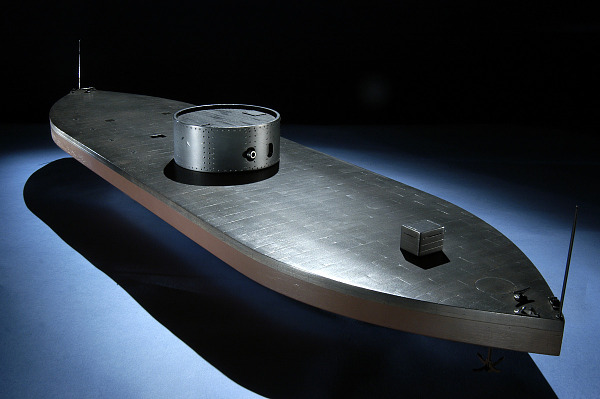
USS Monitor
The USS Monitor was an innovative Civil War ironclad warship, revolutionizing naval warfare.
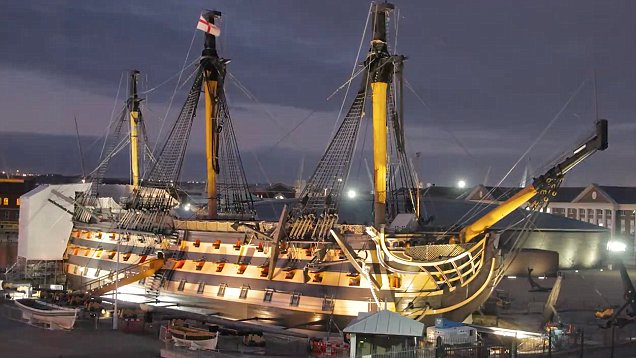
HMS Victory (1744)
HMS Victory, launched in 1744, is the world's oldest naval ship still in commission. Quite a long time for a vessel that old to be in the wide sea
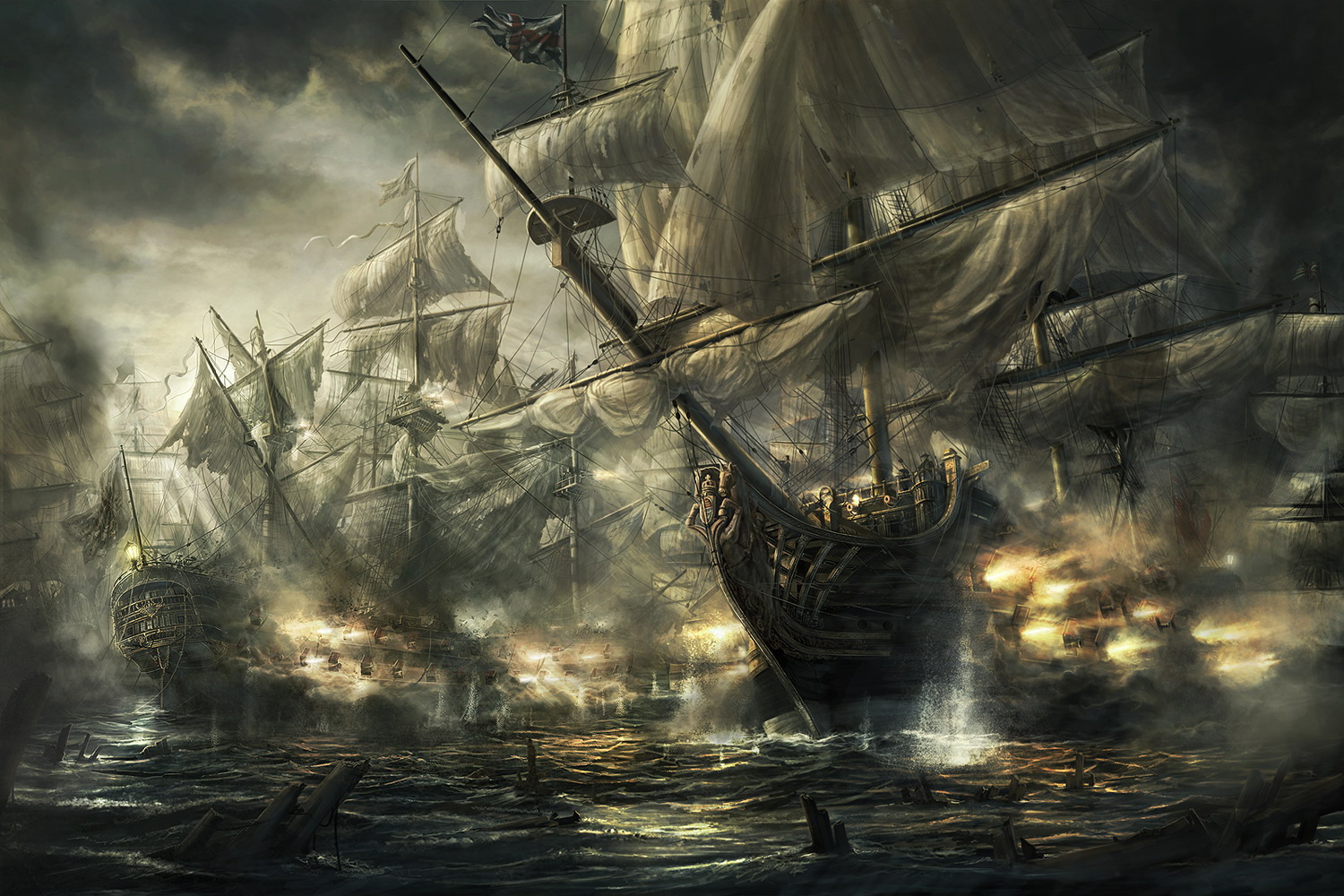
HMS Royal George
HMS Royal George, a British warship, sank in 1782, tragically claiming over 800 lives. One of the worse faculties in history.
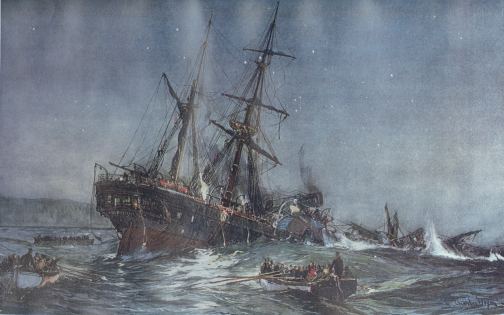
HMS Birkenhead
HMS Birkenhead, a British troopship, sank in 1852, inspiring the "women and children first" protocol.
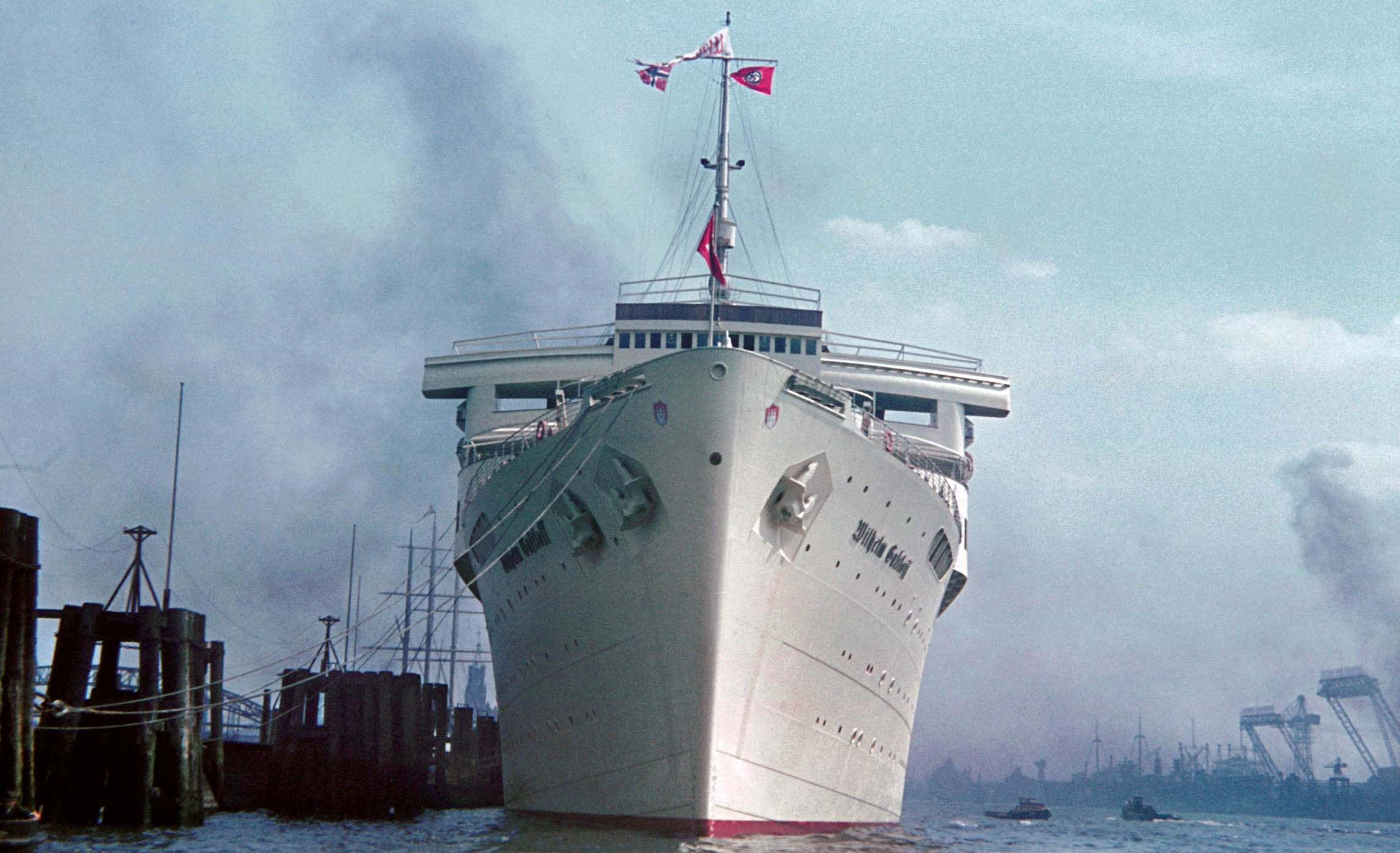
MV Wilhelm Gustloff
MV Wilhelm Gustloff, a German cruise ship, sank in 1945 with catastrophic loss of life. That was one huge loss and the ship-wreck is still in place
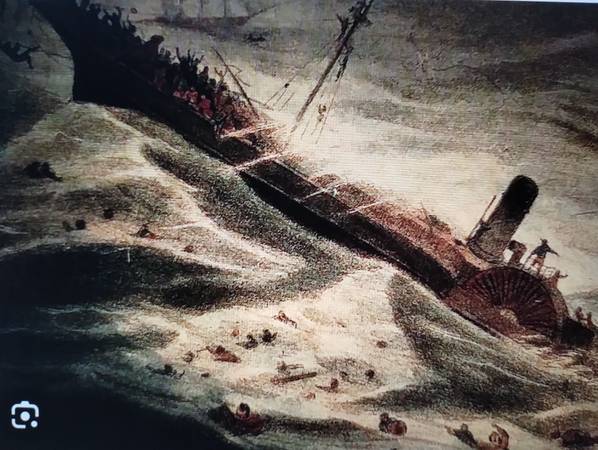
SS Central America
SS Central America, a steamship, sank in 1857, carrying a fortune in gold, contributing to an economic crisis.
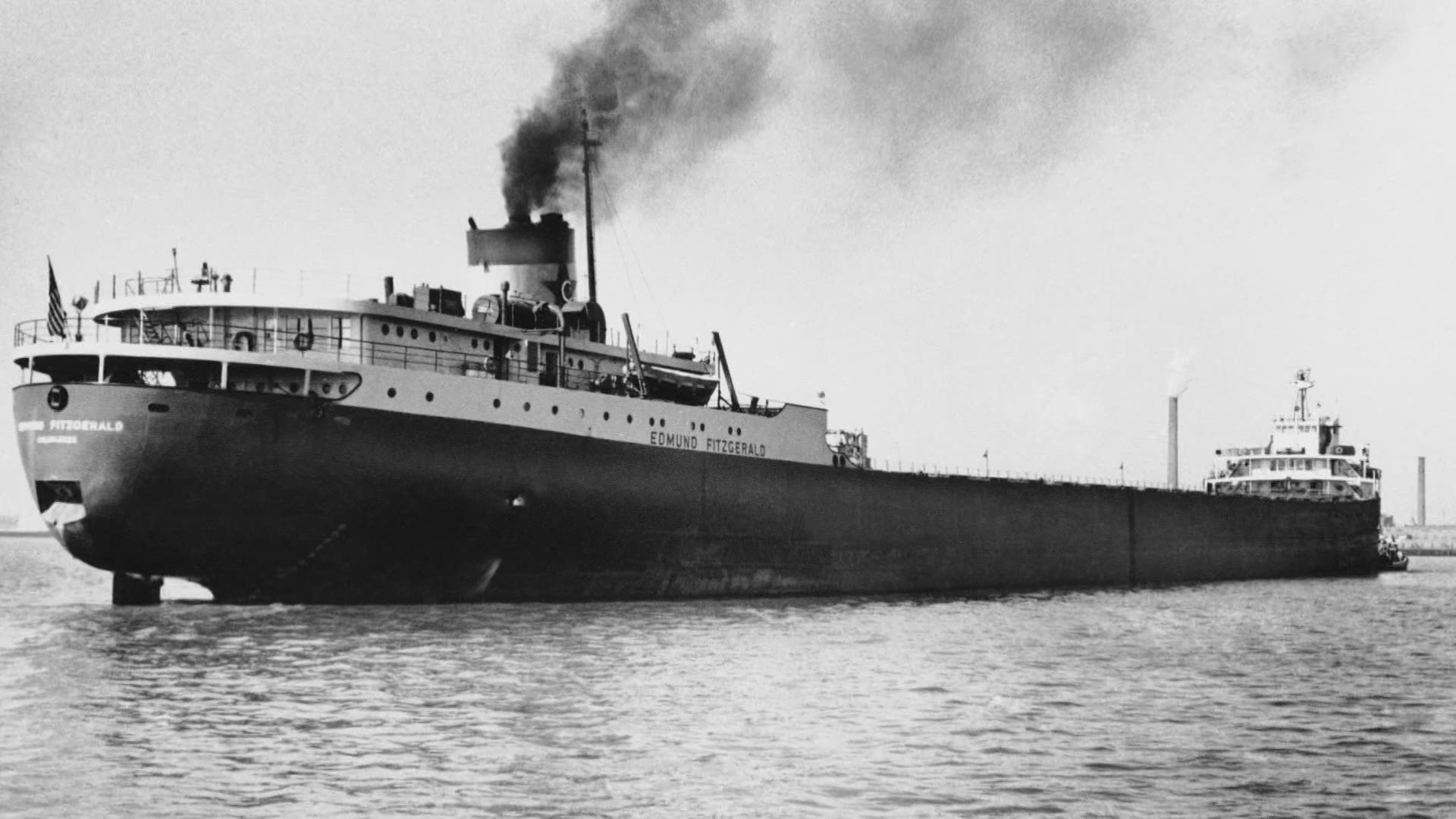
SS Edmund Fitzgeral
SS Edmund Fitzgerald, a bulk carrier, sank in 1975, immortalized in Gordon Lightfoot's iconic song.

RMS Lusitania
RMS Lusitania, a British ocean liner, sank in 1915, fueling anti-German sentiment during WWI.
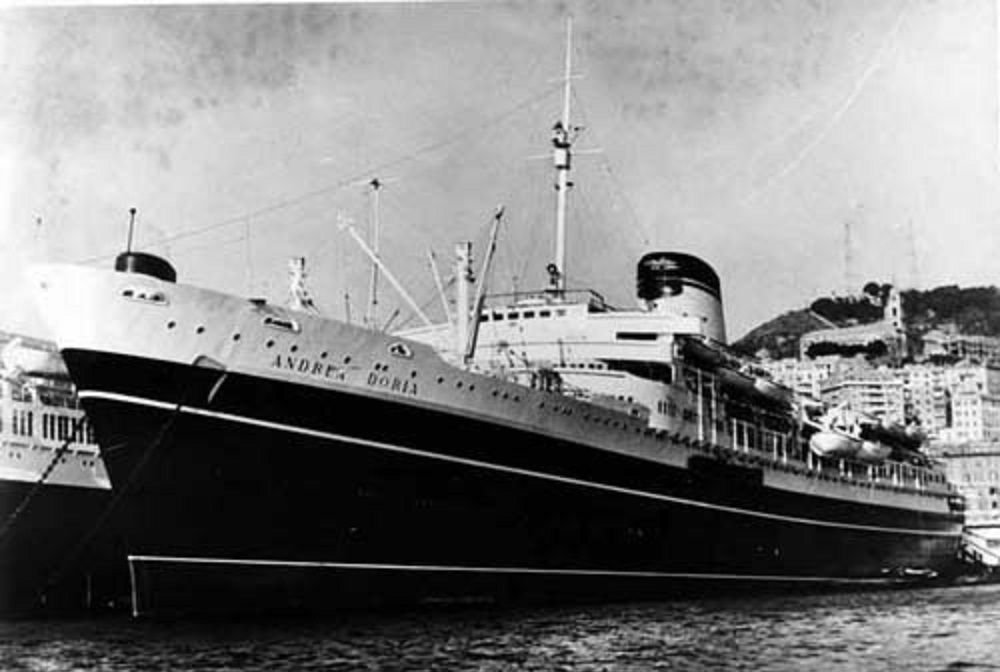
SS Andrea Doria
SS Andrea Doria, an Italian luxury liner, sank in 1956 after colliding with the MS Stockholm.
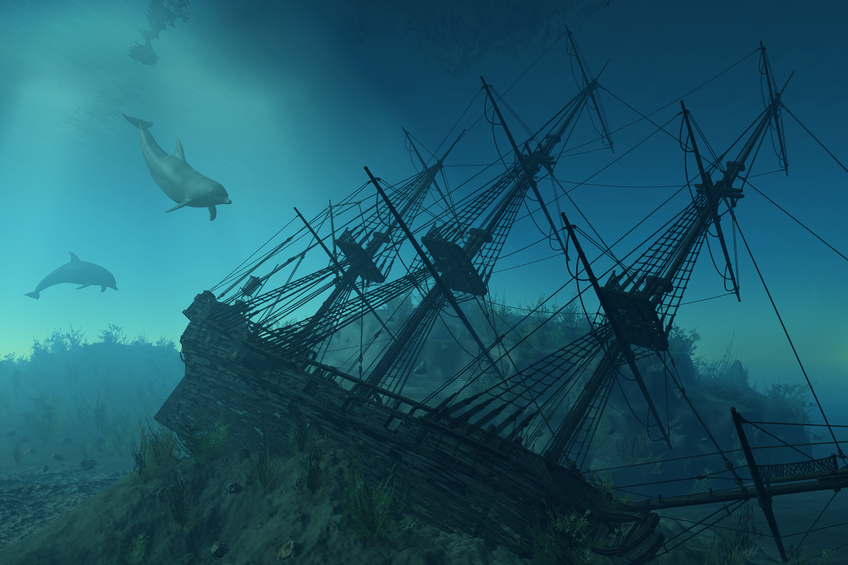
HMS Terror
HMS Terror, a British Royal Navy ship, vanished in the Arctic in 1848 during an ill-fated expedition.
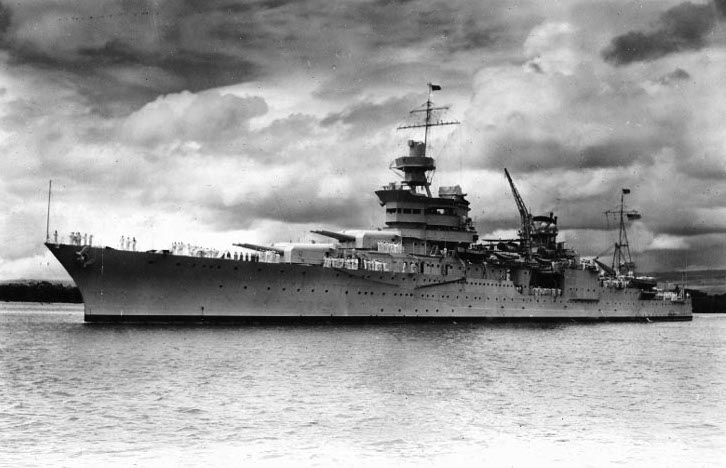
USS Indianapolis
USS Indianapolis, a US Navy cruiser, sank in 1945 after being torpedoed by a Japanese submarine.
Lost at Sea: Exploring the Mysteries of Shipwrecks
Shipwrecks have long captured the imagination of humanity, serving as eerie reminders of the perilous nature of the sea and the fragility of human endeavors. Each wreck tells a story—a tale of triumph or tragedy, of exploration or exploitation, of lives lost and treasures found. In this exploration of shipwrecks, we delve into the depths of the ocean to uncover the mysteries that lie beneath the waves, from ancient vessels lost to time to modern maritime disasters that continue to haunt us to this day.
The Lost Worlds of Antiquity
The history of shipwrecks stretches back thousands of years, with ancient vessels lying buried beneath the seabed, silent witnesses to bygone eras. From the sunken cities of Egypt to the wreck-strewn waters of the Mediterranean, these submerged relics offer a tantalizing glimpse into the past. The wreck of the Uluburun ship, discovered off the coast of Turkey, is one such treasure trove, containing a rich cargo of Bronze Age artifacts dating back over 3,000 years. Similarly, the sunken city of Thonis-Heracleion, submerged off the coast of Egypt for over a millennium, has yielded a wealth of archaeological treasures, shedding new light on the ancient world.
Tales of Exploration and Discovery
The age of exploration saw a surge in maritime activity, as intrepid sailors set out to chart the unknown and claim new territories for their empires. Yet, with the promise of riches came the risk of disaster, as countless ships succumbed to the perils of the sea. The wreck of the Spanish galleon Nuestra Señora de Atocha, lost off the coast of Florida in 1622, is one such tragic tale. Laden with treasure from the New World, the Atocha sank in a hurricane, claiming the lives of over 260 crew members and passengers. It wasn't until centuries later that treasure hunter Mel Fisher discovered the wreck, sparking a modern-day gold rush that continues to this day.
The Golden Age of Piracy
The golden age of piracy saw a proliferation of swashbuckling adventurers, preying on merchant ships and plundering their treasures. From the notorious pirate Blackbeard to the infamous Captain Kidd, these buccaneers struck fear into the hearts of sailors and merchants alike. Yet, for all their bravado, many pirates met their end at the hands of the very sea they sought to conquer. The wreck of Blackbeard's flagship, the Queen Anne's Revenge, lies off the coast of North Carolina, its remains a testament to the perils of a life of piracy. Similarly, the wreck of the Whydah Gally, discovered off the coast of Cape Cod, Massachusetts, is a poignant reminder of the dangers faced by those who sailed the high seas in search of ill-gotten gains.
Modern Maritime Disasters
Even in the modern era, with all our technological advancements, ships remain vulnerable to the forces of nature and the errors of human judgment. The sinking of the RMS Titanic in 1912, one of the deadliest maritime disasters in history, shocked the world and claimed the lives of over 1,500 passengers and crew. Similarly, the wreck of the SS Edmund Fitzgerald, lost in a storm on Lake Superior in 1975, remains a haunting reminder of the dangers faced by those who sail the Great Lakes. More recently, the sinking of the MV Sewol off the coast of South Korea in 2014, with the loss of over 300 lives, serves as a stark reminder of the need for greater vigilance and safety measures in the maritime industry.
Preserving the Legacy
As our understanding of shipwrecks has deepened, so too has our appreciation for their historical and cultural significance. Archaeologists and historians work tirelessly to uncover the secrets of these submerged time capsules, piecing together the stories of the past one artifact at a time. Yet, with each passing day, these wrecks face new threats—from looters and treasure hunters to the ravages of time and the corrosive effects of saltwater. It is incumbent upon us to protect and preserve these fragile relics for future generations, ensuring that the legacy of the sea lives on for centuries to come.
Contact Us
Get in Touch
Get in touch with us today and become a part of our maritime community. Whether you have questions, stories to share, or simply want to delve deeper into the world of shipwrecks, we're here to connect with you. Fill out the form below with your name, address, and message, and let's start our voyage together.
QUESTIONS ASKED
Incorporating research from multiple reputable sources enhances the depth and accuracy of our findings
our integrated services
We offer a comprehensive range of services to enthusiasts, researchers, and explorers alike. Our team is dedicated to unlocking the mysteries of maritime history, providing access to a wealth of resources and expertise.

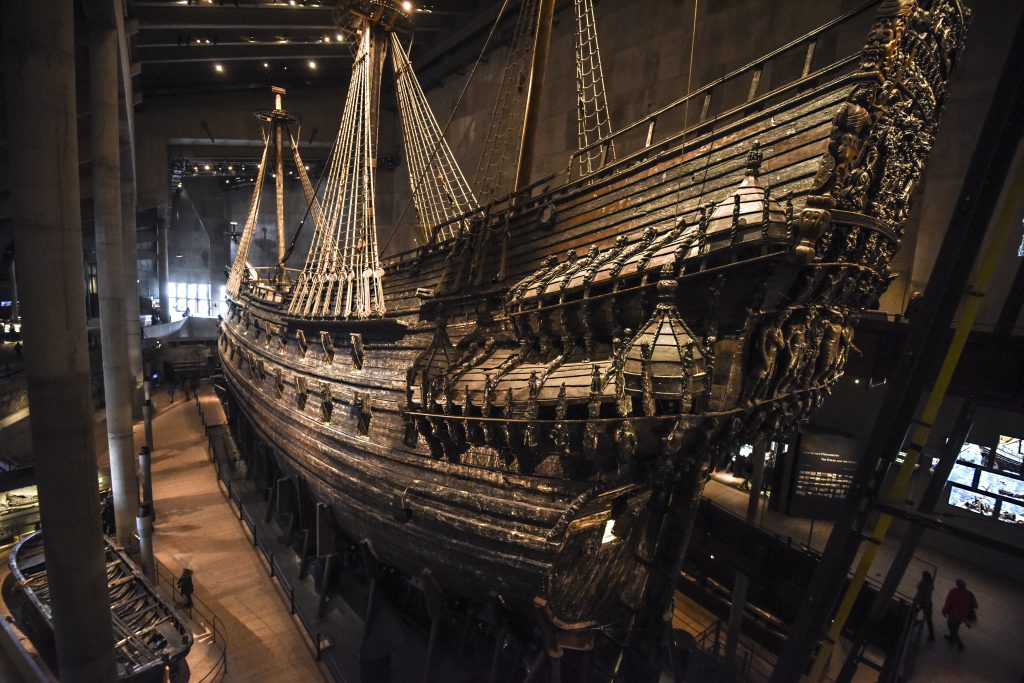
awesome
Informative content
Content….Good
great work